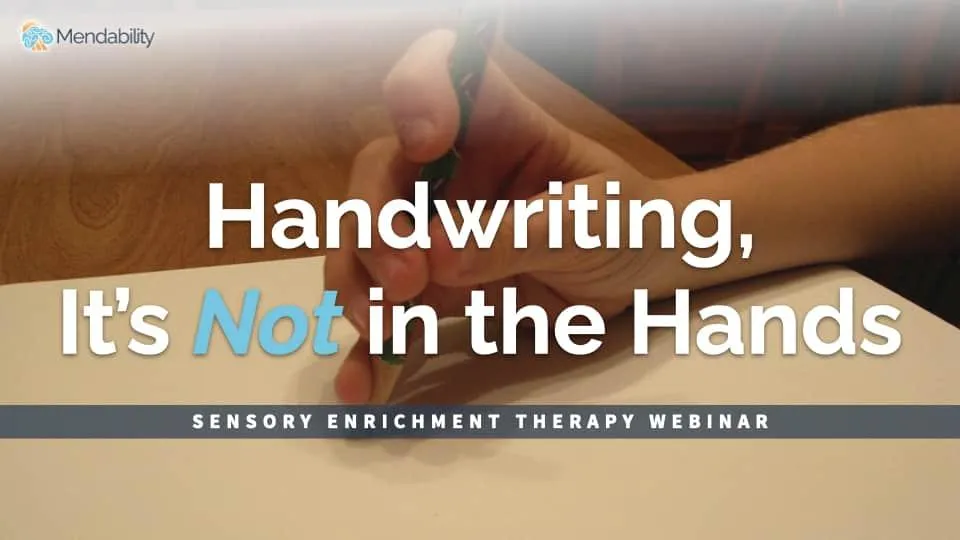
Stroke Recovery: How a New Study Merges Medication with Environmental Enrichment for Enhanced Healing
From an article published in the AIMS Neuroscience journal in Oct. 2023.
Fatemeh Aghighi, Mahmoud Salami, Sayyed Alireza Talaei. Effect of postnatal environmental enrichment on LTP induction in the CA1 area of hippocampus of prenatally traffic noise-stressed female rats[J]. AIMS Neuroscience, 2023, 10(4): 269-281. doi: 10.3934/Neuroscience.2023021Stroke is a medical condition that occurs when the blood supply to the brain is disrupted. It’s a leading cause of disability, often impacting a person’s ability to move, think, and process information. it is estimated that 800,000 people have a stroke every year in the US and 15,000,000 in the world. Kirk Douglas and Sharon Stone are some of the most famous people who had a stroke, raising awareness for the disease. Recovering from a stroke involves various treatments, traditionally focusing on immediate medical care and physical therapy.
Research: Combining Cerebrolysin and Environmental Enrichment
A recent study has brought new insights into stroke recovery. Researchers used a combination of Cerebrolysin, a drug that promotes brain healing and growth, and environmental enrichment, which means making the surroundings stimulating and engaging, in an experiment involving rats.
Cerebrolysin
Cerebrolysin is a drug manufactured from pig brain tissue, which mimic the action of natural neurotrophic factors in the brain. Neurotrophic factors in the brain work by supporting neuronal growth and survival, enhancing neuroplasticity (the brain’s ability to reorganize and form new neural connections), and reducing neurodegeneration (the progressive loss of structure or function of neurons). It is believed to improve synaptic density and brain metabolism, aiding in cognitive and neurological recovery.
The development of Cerebrolysin dates back to the early 20th century, with its roots in the field of peptide research. The drug was developed with the understanding that certain peptides derived from brain tissue could have regenerative properties. Over the years, it has been refined and studied extensively to understand its effects on various neurological conditions.
Cerebrolysin is widely used in Europe and Asia for the treatment of stroke and Alzheimer’s disease. However, it is not approved by the U.S. Food and Drug Administration (FDA) for use in the United States.
The Dual Approach: Medication and Stimulation
The innovative aspect of this study was pairing Cerebrolysin with environmental enrichment.
The study suggests that the combination of Cerebrolysin and environmental enrichment was more effective in promoting recovery from stroke than either treatment alone. This synergistic effect points to the potential benefits of combining pharmacological and non-pharmacological approaches in stroke rehabilitation.
Here’s how the rats in different treatment groups compared:
Rats with Both Treatments (CBL and EE):
The rats that received both Cerebrolysin and environmental enrichment showed the most significant improvement in both motor and cognitive functions compared to the other groups.
This group also exhibited the smallest infarct (stroke-affected) area in the brain, indicating that the combination of treatments was most effective in minimizing brain damage.
Additionally, there was an increase in the AMPA-GRIA1 subunit receptor in the hippocampus, which is associated with improved cognitive function, specifically in the group that received both treatments.
Rats with Only Cerebrolysin or Only Environmental Enrichment:
Rats treated with only Cerebrolysin or only environmental enrichment also showed improvements in motor and cognitive performance compared to the control group, but these improvements were not as pronounced as in the group that received both treatments.
In terms of brain damage, both the Cerebrolysin-only and environmental enrichment-only groups had smaller infarct areas than the control group, but again, these reductions were not as significant as those seen in the group with combined treatment.
Control Group (No Treatment):
Rats in the control group, which did not receive any treatment, showed the least improvement in motor and cognitive functions and had the largest infarct areas.
Practical Application: Mendability’s Sensory Enrichment Protocols
Mendability has translated these scientific findings into practical home-based activities. Their sensory enrichment protocols are designed to be easily integrated into daily life, offering a new dimension to at-home therapy.
The Multitexture Path: A Simple, Effective Therapy
One innovative therapy from Mendability is the multitexture path. It involves walking barefoot on a path made of different textures, like a welcome mat, a pillow, and a piece of cardboard. This exercise helps enhance sensory processing and body awareness.
Why It’s Effective for Neurological Conditions
Walking is a complex activity, and in conditions like autism, the challenges in sensory processing and motor coordination can lead to unusual walking patterns. The multitexture path helps address these issues by stimulating the foot soles, improving tactile processing and self-awareness.
Easy to Implement
This path is simple to set up at home with everyday items. It’s designed to be walked on randomly throughout the day, making therapy a natural part of the home environment.
Backed by Research
Research supports the importance of sensory information from the foot soles in maintaining balance and proper gait. These studies underline the effectiveness of tactile stimulation for individuals with neurological conditions.
Conclusion
The combination of Cerebrolysin and environmental enrichment, exemplified by Mendability’s multitexture path, offers a promising and accessible approach for stroke and autism recovery. This method shows how clinical therapies can be effectively adapted for home use, opening up new avenues for rehabilitation and personal growth.



